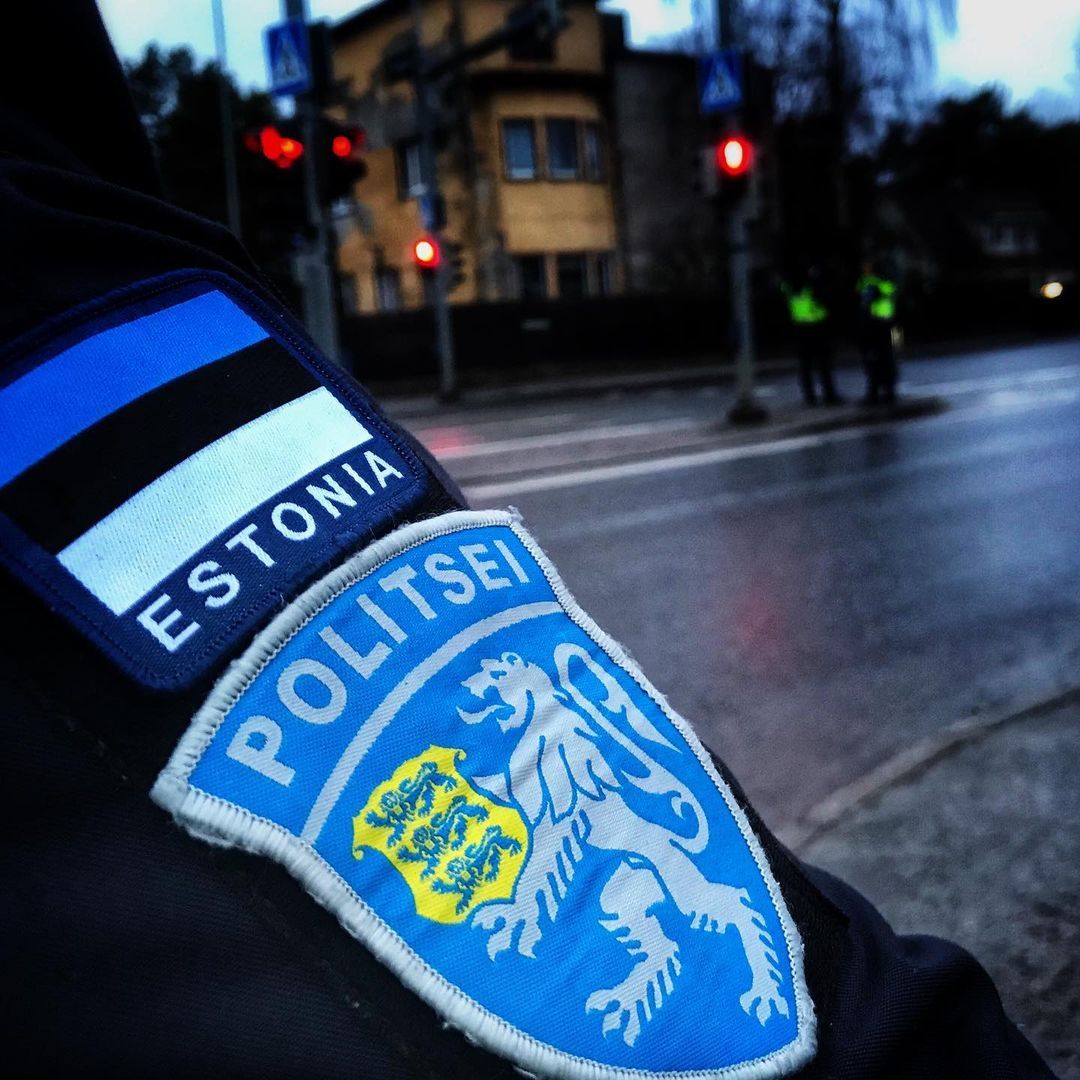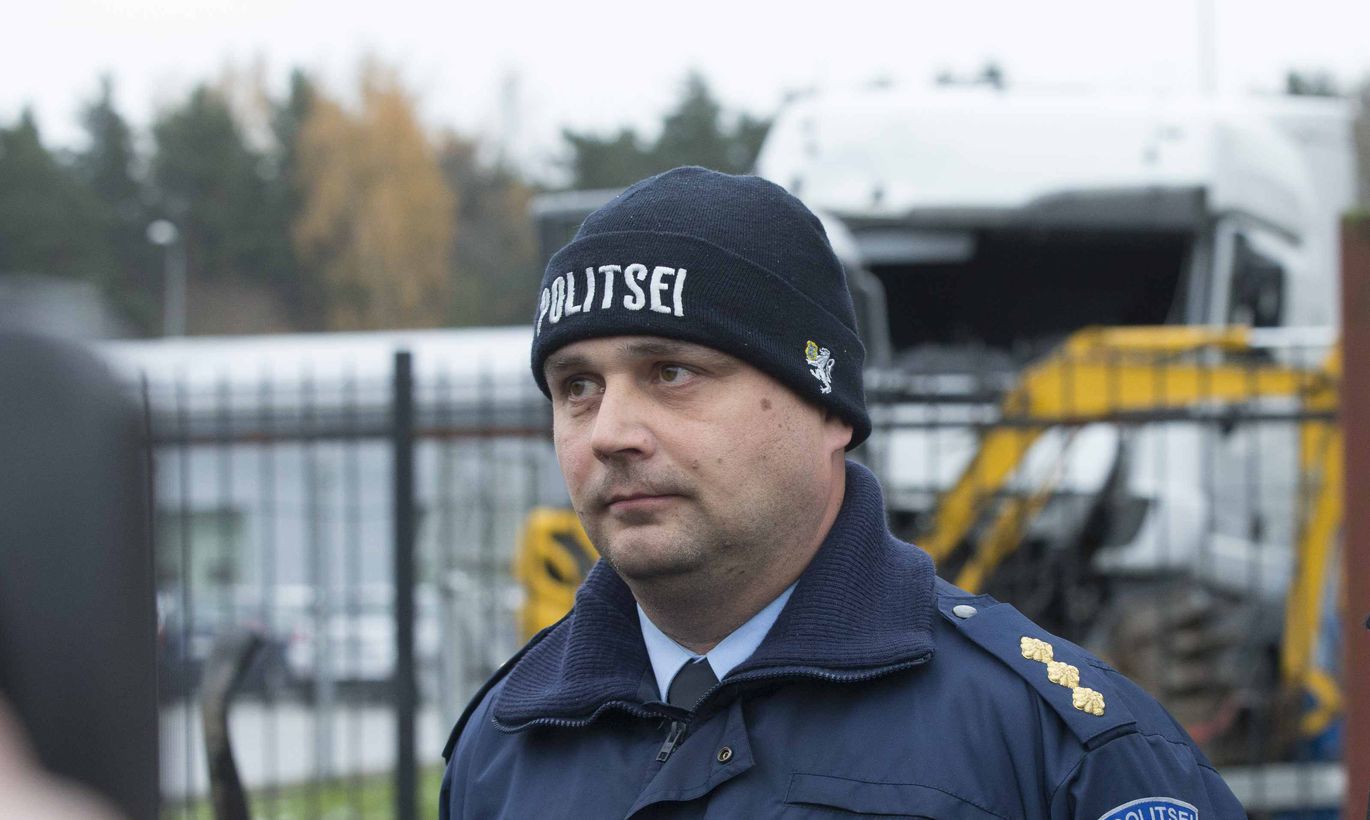Single-vehicle Crashes On The Rise In Estonia
 The objectives of the traffic safety program in Estonia were not reached. PHOTO: LÄÄNE-HARJU POLICE STATION
The objectives of the traffic safety program in Estonia were not reached. PHOTO: LÄÄNE-HARJU POLICE STATION
16 FEB - A sharp increase in the number of single-vehicle crashes, most often involving a bicycle or a motorcycle, has been registered in 2020, Estonian Transport Administration reported.
During the past year 528 single-vehicle collisions happened – 157 or 43% more than the year before. The ETA is still to analyze the data, but preliminary hypotheses link the increase with more speeding during a year marked by restrictive pandemic measures, lockdowns and low traffic volumes. On the other hand, collisions between multiple vehicles and other traffic accidents decreased remarkably.
Statistics
In 2020, there were 1365 traffic accidents with human casualties in Estonia, in which 1574 people were injured and 60 killed. Compared with 2019, there were 49 less traffic accidents and 166 fewer people injured. The average number of traffic accidents per day was 3.7.
Hence, the objectives of the traffic safety program in Estonia stayed unreached. “By 2020, we would have liked to have reached our goal of a yearly average of no more than 50 people dying in traffic accidents in a three-year period (2018–2020) and the number of severely injured people staying under 370,” said Erik Ernits, Head of the Strategic Department of the Estonian Transport Administration.
Risks Hannes Kullamäe. PHOTO: LIIS TREIMANN/POSTIMEES The main risks that increase the chance of causing a fatal accident continue to be exceeding the speed limit, drunk driving and not using safety features. In 2020 more criminally intoxicated drivers were apprehended than the years before. “We apprehended 6,669 drunk drivers last year, which is a little less than we did in 2019,” noted Hannes Kullamäe, Head of the Traffic Monitoring Center of the North Prefecture of the Police and Border Guard Board (PBGB). “However, that number includes 2752 criminally intoxicated drivers, which is 4% more than there were the year before”, Kullamäe added.
Hannes Kullamäe. PHOTO: LIIS TREIMANN/POSTIMEES The main risks that increase the chance of causing a fatal accident continue to be exceeding the speed limit, drunk driving and not using safety features. In 2020 more criminally intoxicated drivers were apprehended than the years before. “We apprehended 6,669 drunk drivers last year, which is a little less than we did in 2019,” noted Hannes Kullamäe, Head of the Traffic Monitoring Center of the North Prefecture of the Police and Border Guard Board (PBGB). “However, that number includes 2752 criminally intoxicated drivers, which is 4% more than there were the year before”, Kullamäe added.
He explained that during the spring restrictive measures hindered apprehension of drunk drivers as all breathalyzer checks were discontinued to avoid risk of infection. A total of 750,000 sobriety tests were performed during traffic monitoring during the year. “The supervision of the community is a tremendous help to the police in catching drunk drivers as well,” assured Kullamäe. “A record number of a little more than 11,000 reports of possible drunk drivers reached the Emergency Response Center last year”, he added.
Cameras
202,208 fine reports on offences registered by speed and mobile cameras were sent in 2020; 123,169 of which were registered by mobile speed cameras. Compared with previous years, this is a remarkable increase, which is primarily a result of the multiplication of the working hours of mobile speed cameras. “During the emergency situation, we started using mobile devices more and more because they made contact-free traffic monitoring possible,” Kullamäe explained. The PBGB uses a total of eight mobile speed cameras.